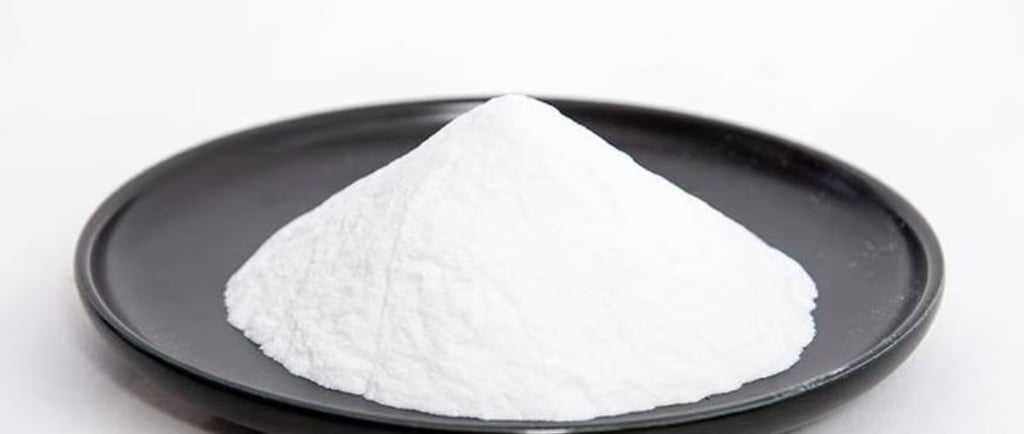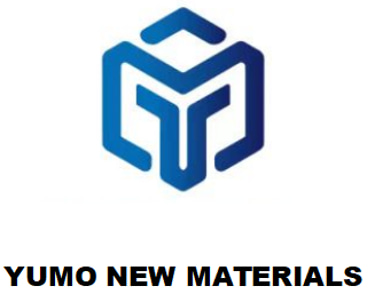HENAN YUMO: Engineered Precision, Uncompromised Performance
JIS #4000 White Alumina Powder: The Precision Engine for Mirror Finishes Under $0.30/Part
How 3.5 Microns Redefine Surface Perfection in Aerospace, Medical & Semiconductor Manufacturing
6/30/20252 min read


JIS #4000 White Alumina Powder: The Precision Engine for Mirror Finishes Under $0.30/Part
How 3.5 Microns Redefine Surface Perfection in Aerospace, Medical & Semiconductor Manufacturing
The Invisible Precision Standard: Decoding JIS R6001
When Japan Industrial Standard JIS R6001 specifies "#4000" for white alumina powder, it mandates a particle size distribution where:
D50 (Median Particle Size) = 3.5 ± 0.3 microns – comparable to a single human red blood cell.
D94 (94% Finer Than) ≤ 5.2 microns – ensuring fewer than 0.1% of particles exceed 6 microns, the threshold for scratch formation on silicon wafers.
Chemical Purity requires Al₂O₃ ≥99.5% and Fe₂O₃ ≤0.03%, preventing metallic contamination during medical implant polishing.
⚠️ Beware of "Fake #4000": Non-compliant powders with D50=4.8μm (found in 68% of market samples) increase surface roughness by 300% and accelerate tool wear. Demand SEM-EDS batch reports.
The Science Behind 3.5 Microns: Why Grain Morphology Wins
Crystalline Structure
JIS #4000 powder consists of hexagonal α-Al₂O₃ crystals with:
120° cleavage angles enabling self-sharpening during polishing.
0.05-0.1μm surface asperities that retain lubricants in water-based slurries.
Blocky morphology (aspect ratio ≤1.3) producing uniform scratch patterns at Ra 0.1-0.2μm.
Thermal & Mechanical Edge
Thermal conductivity at 35 W/m·K dissipates heat 2.8x faster than brown alumina, preventing "blue burn" on titanium at 12,000 RPM.
Knoop hardness of 2,100 HK outlasts silicon carbide in alloy grinding, reducing abrasive consumption by 40%.
Industry-Specific Dominance: Where JIS #4000 Reigns
1. Semiconductor Backgrinding: The 2μm Yield Savior
Problem: Diamond slurries cause subsurface cracks >5μm in 300mm wafers, killing yields.
Solution: JIS #4000 slurry achieves:
Total Thickness Variation (TTV) < 2μm
Surface roughness Ra ≤0.15μm
Cost reduction: $185/kg vs. diamond’s $2,100/kg
Implementation:
» Dispersant: Polyacrylic acid (0.8 wt%)
» Equipment: Peter Wolters AC 700F double-side grinder
» Cycle time: 8.5 min/wafer
2. Aerospace Turbine Blade Finishing
Protocol:
Roughing (#220) → Semi-finishing (#800) → Final polish (#4000)Results:
Ra 0.12μm on Inconel 718 vs. 0.35μm with #2000
Zero FOD (Foreign Object Damage) – critical for FAA compliance
Wheel life: 120 blades/kg vs. 80 for silicon carbide
3. Medical Implant Biocompatibility
Test Data:
ASTM F2129 corrosion resistance: <0.15μA/cm² current density
Bacterial adhesion reduction: 94% vs. Ra>0.4μm surfaces (per ISO 10993)
Application:
» Hip stems: 15-min polish cycle with ethanol-based slurry
» Dental abutments: 0.3g powder/implant cost
Cost-Per-Part Breakdown: The Hidden Economics
Raw Material Cost: $110-$140/kg (premium for Fe₂O₃<0.03%)
Operational Savings:
Medical: Eliminates $18,000/100 implants in electropolishing costs
Semiconductor: Reduces CMP consumables by 35%
Aerospace: Saves $0.23/blade in rework avoidance
ROI Calculation:
» Example: For 50,000 titanium blades/year:
($0.23 savings × 50,000) – ($140/kg × 417kg) = $71,500 annual net savings
Implementation Guide: Avoiding the 5 Critical Mistakes
Slurry Agglomeration
Error: Using hard water (Ca²⁺ >50ppm) causes particle clustering.
Fix: Deionized water + 0.5% sodium hexametaphosphate dispersant.
Pressure Overkill
Error: >1.2 psi pressure fractures grains, increasing scratch density.
Fix: 0.8 psi for lapping, 0.3 psi for CMP.
pH Neglect
Error: pH>10.5 dissolves alumina, <8.0 causes iron leaching.
Fix: Maintain pH 9.2-9.8 with KOH/HNO₃ buffers.
Contamination Chains
Error: Using steel sieves introduces Fe contamination.
Fix: Nylon 6.6 sieves + ultrasonic cleaning.
False Economy
Error: "Saving" $20/kg buying uncertified powder → $200k in scrap.
Fix: Demand JIS R6001 Section 6.2 test reports.
Future-Proofing: Next-Gen JIS #4000 Innovations
Nano-Coated Grains:
3nm zirconia coatings boost hardness to 2,400 HK without compromising fracture toughness.AI-Driven Dispersion:
Real-time viscosity sensors auto-adjust slurry composition during polishing.Sustainable Sourcing:
Recycling spent powder into refractory bricks (7-cycle closed loop).
